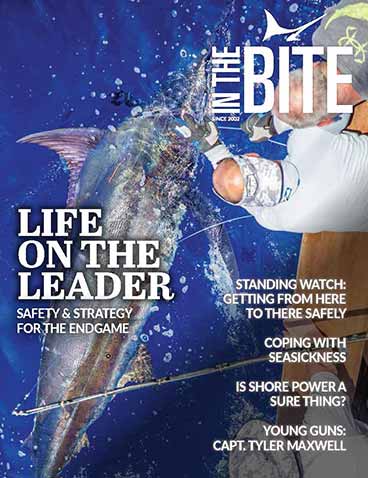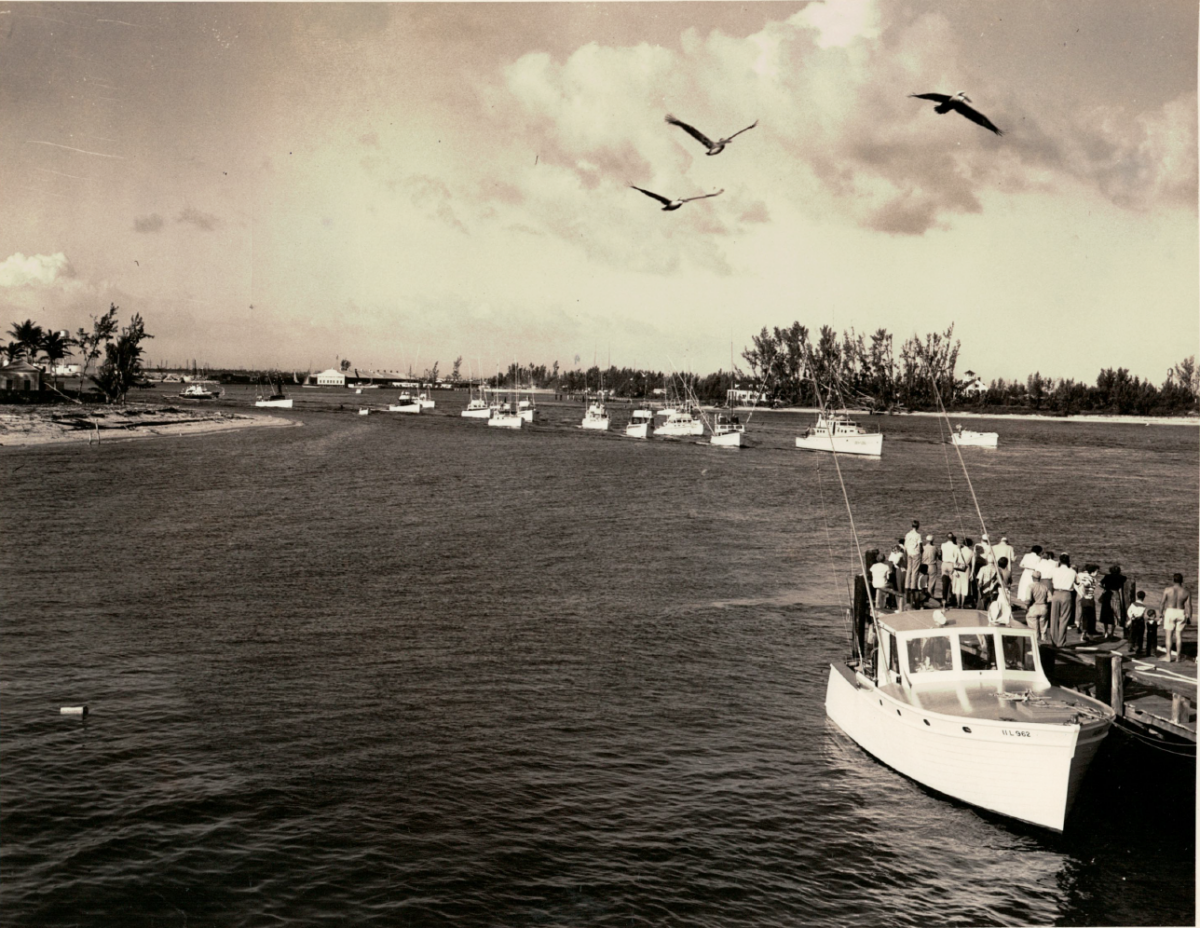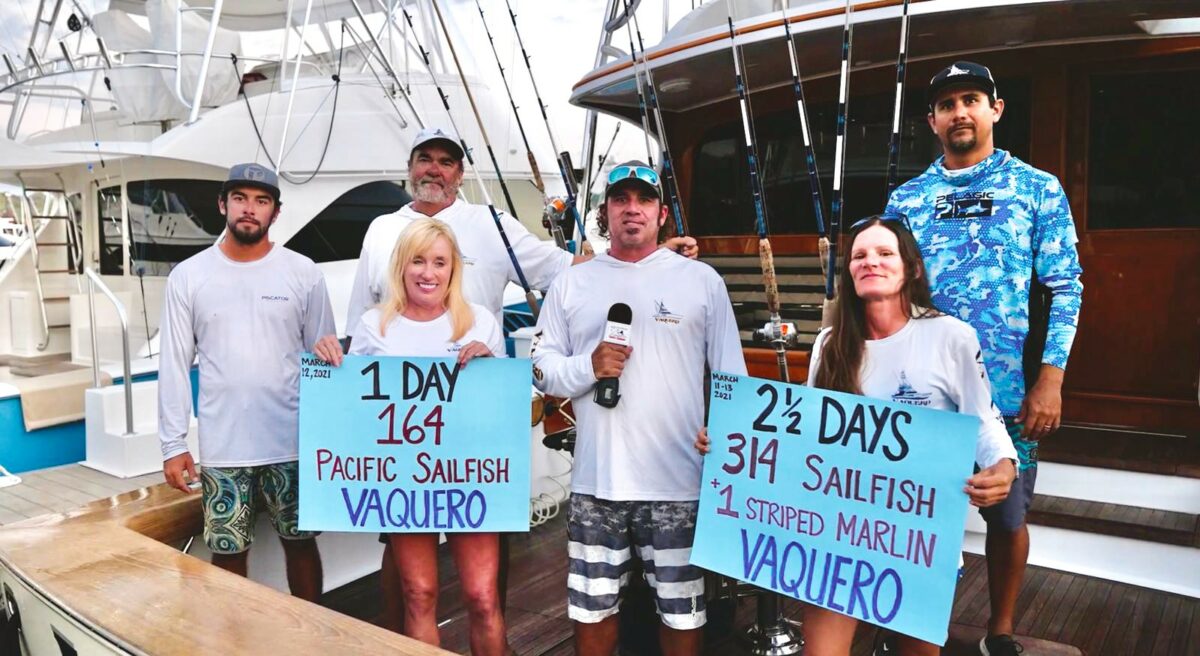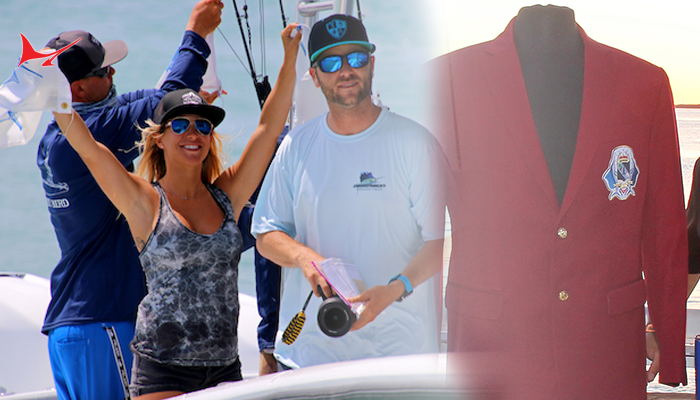Contender One Wins 19th Annual Sailfish Challenge, Michael Jordan’s Catch 23 Finishes 2nd
2022 Sailfish Challenge”In standard fashion, the 2022 Sailfish Challenge saw teams battling on both ends of the 100-mile boundary for the chance to grab the ˜W at the second leg of the Quest for the Crest Sailfish Series. 56 teams turned out to compete for a $583,700 purse. Contender boats
















